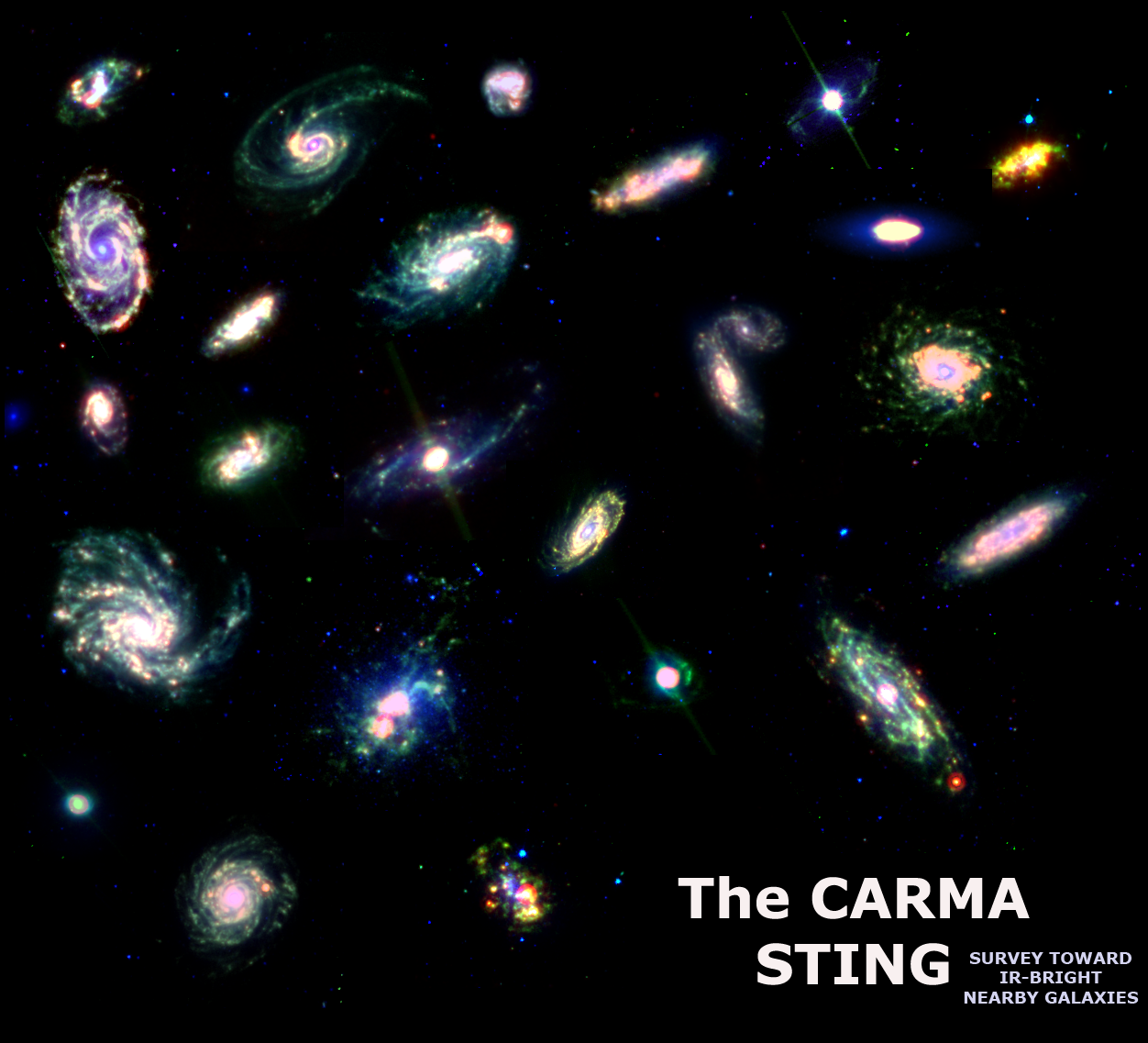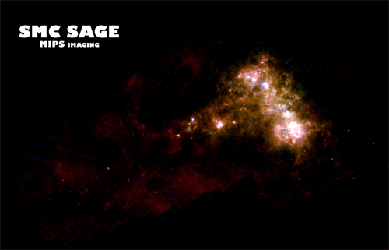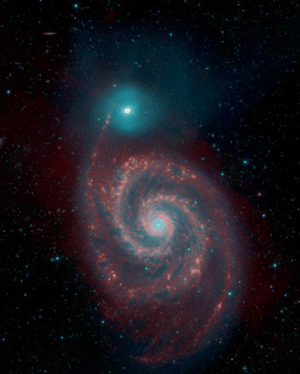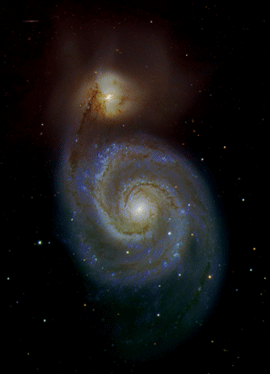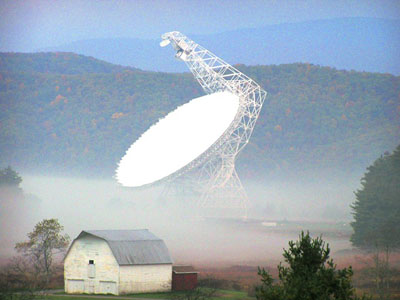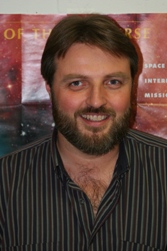 |
I am a professor at the Department of Astronomy of the University of Maryland, and part of the Laboratory for Millimeter-wave Astronomy (LMA). My main research focuses on galaxies, and I use ground and space facilities to study the effects of heavy element abundance on the physics of the interstellar medium, the relationship between gas, dust, and star formation, and the properties of dark matter galaxy halos. My interest is to understand the process of structure creation in the Universe, using nearby objects as laboratories in which to develop and test ideas. There are student involvement opportunities available in these and other ongoing projects. |
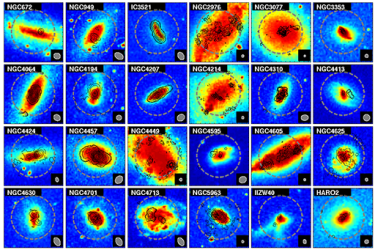 |
MIDGes
|
Back to the LMA page

